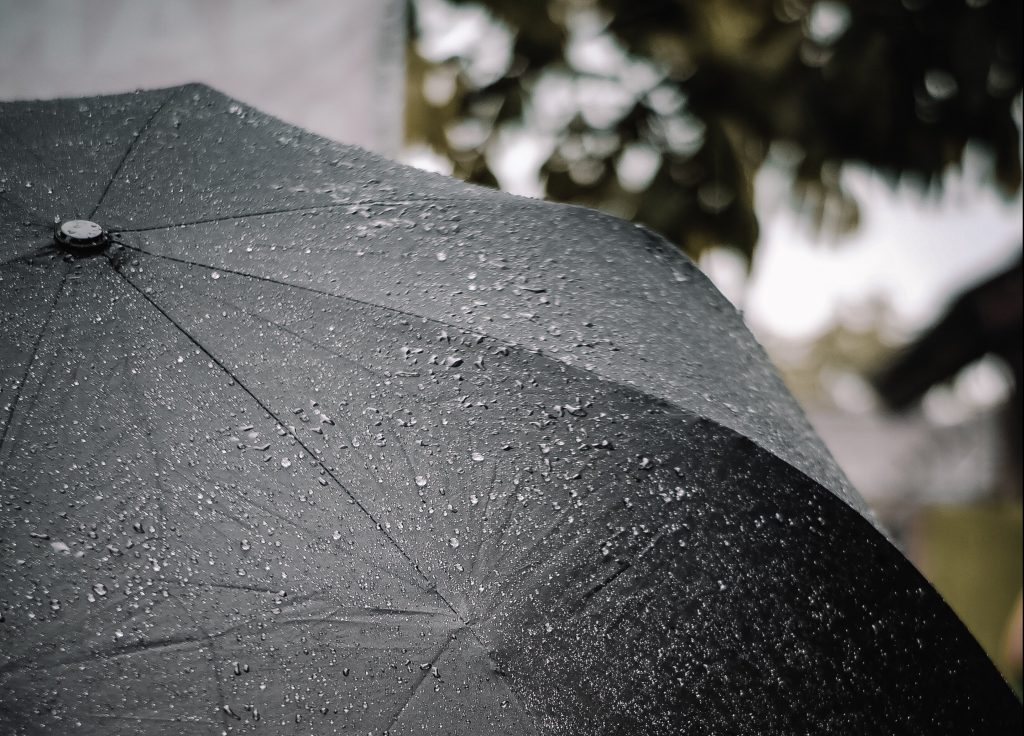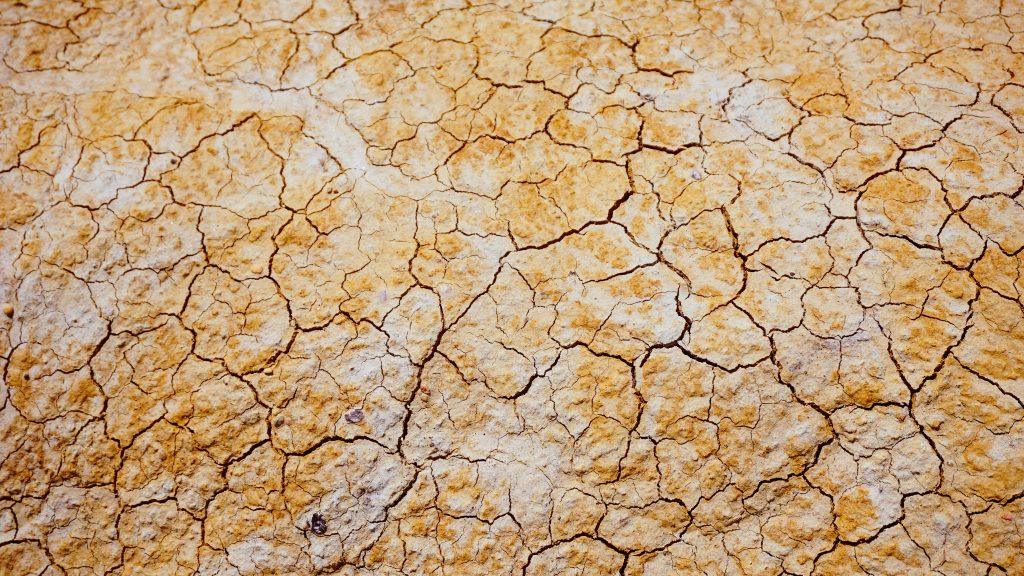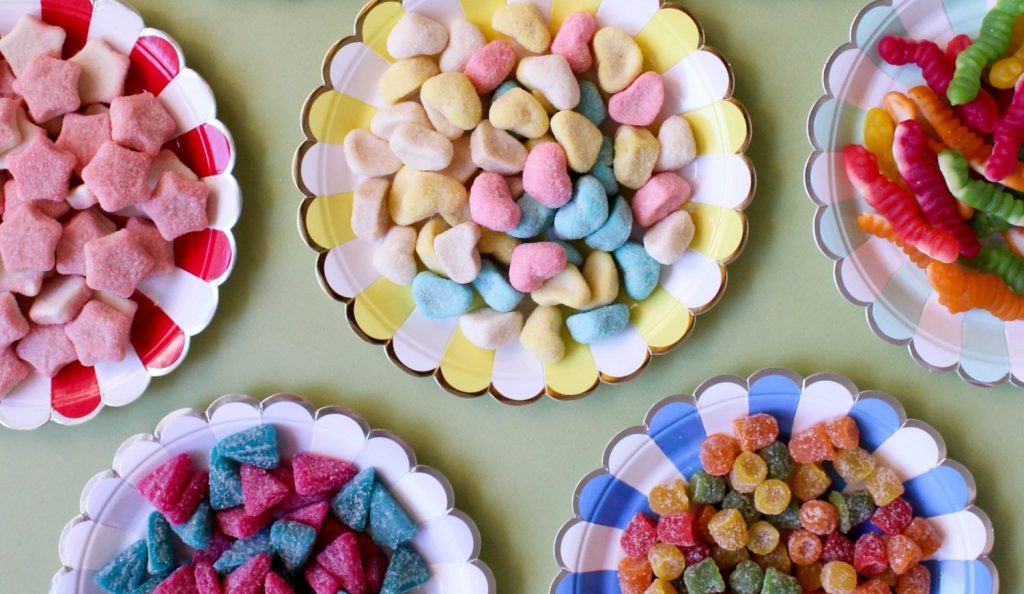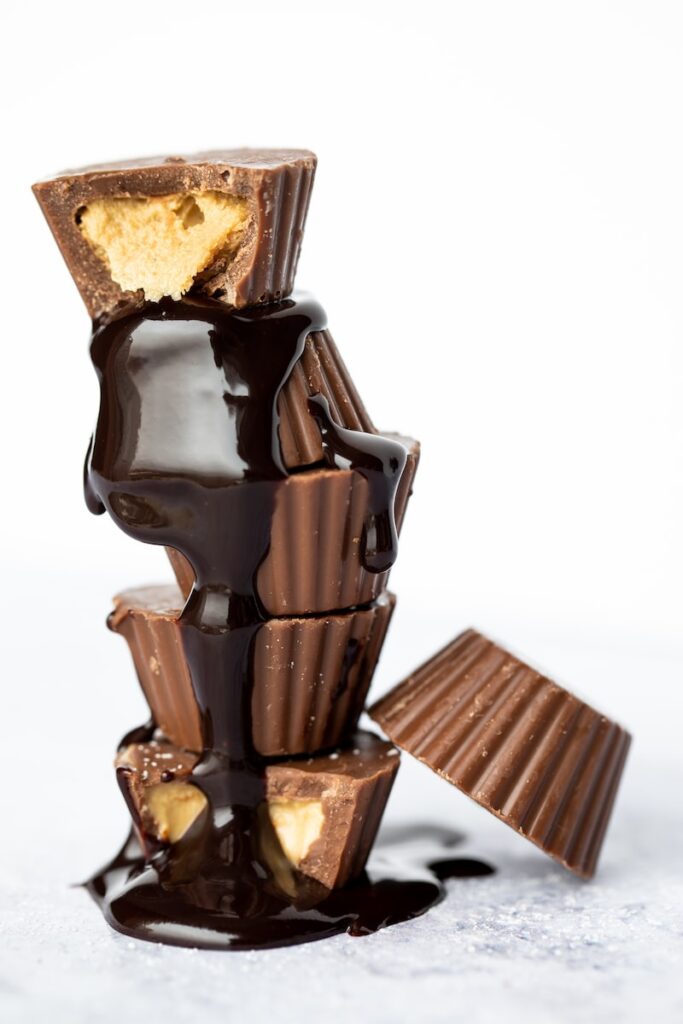
Nervous Stomach Anxiety: yin/yang explanation
Why You get Nervous Stomach Anxiety and How to Handle It. Acupuncture has great ways to help.

Here’s a list of Damp Heat Foods! Meaning … foods that can make Damp Heat worse or may, if you eat too many of them and are susceptible to it, increase your chances of getting Damp Heat.
I’ve also listed various foods that help your body cope with, and even expel, signs of Damp Heat.
First read Damp-Heat. You’ll discover that Damp Heat leads to swelling and pain, pus, cough, painful joints, tiredness, even chronic fatigue, and various illnesses with those symptoms.
It’s made up of two pathogens that can invade your body, or may be lying quietly within, awaiting their moment to manifest:
Damp leads to stiffness, swelling and heaviness. (Much more on this if you click that link – Damp!)
In cold and damp climates symptoms of Damp are common because people living in warm, central-heated houses don’t take notice of the weather and the damage it can do to their health.

So they often don’t wear enough nor take adequate precautions when outside, and easily get caught out by bad weather.
Then, because modern medicine is mighty, they take medications to quell the pain and discomfort and think, ‘that’s that’.
That’s NEVER ‘that’ if you suppress symptoms. (Do try not to suppress symptoms, though it can be very tempting!)
What’s more, every drug has a primary and secondary action. So, if you continue to take the medication, you’ll end up with more than you started with – and it’s not all good.
Continue eating Damp-type foods for too long and you’ll also get Qi Stagnation. That’s something else to avoid.
Also, Damp, in time, blocks the flow along your acupuncture channels. Avoid that too if you can!
Taking painkillers may reduce the pain and stiffness Damp causes, but the symptoms are still there and may recur, years later, as chronic muscle and joint pain, like rheumatism.
Heat symptoms display

Modern medicine is even better at dealing with Heat than with Damp. But your body has been genetically programmed over hundreds of thousands of years to produce Heat symptoms in response to many challenges that nature throws at it.
Not always is this a good thing, but that’s how it is. So if you suppress that Heat response, you tend to weaken your body’s ability to fight diseases in the future.
In some cases, for instance when the Heat is produced to kill a bug, you may end up with something else, which is called in Chinese medicine a remaining pathogenic factor.
Trust me, you don’t want that either.
So modern medicine sometimes works a treat, but can leave us with other problems which, in time, can become chronic. We often think these are normal, or caused by old age, but at least in theory, they shouldn’t be.
So, add Heat to Damp, and you get sore, swollen, inflamed joints, or purulent sinusitis, a cough with thick probably yellow phlegm, (phlegm is another story!) or an inflamed liver. Not good and certainly not always easy to cure.
Also, typically, though you’ll discover far more on my page on Damp Heat, your tongue will have a greasy, yellow coating, you’ll often get a bitter taste in your mouth and your facial skin will be oily.
From a Western medical perspective, you might say that your condition comes from accumulated toxins in your system. Your Liver and Gallbladder can’t clear them out so they build up. Your metabolism may be fast but this build-up produces garbage which, like organic matter in a rubbish dump, produces heat.
In which case, you must stop stoking the bonfire! Don’t add stuff that makes it worse and do start doing things that help clear the garbage.
As far as the Heat is concerned, Heat being in your case a sign of Yang excess (though Heat can be a sign of deficient Yin too), you must avoid foods and actions that are heating.
As far as the Damp is concerned, it’s more tricky, because Damp is a Yin condition, and in your case it is a full or excess-yin situation. (Read about Fullness and Emptiness here.)
Here’s an analogy. If you live in a warm, damp, climate and your house gets flooded, what do you do? Once the water ebbs away, you’re in danger of getting moulds and creepy-crawlies. You have to clear out the sodden furniture and dry it, but warm-damp-air makes this difficult. Washing with cold water helps to clean it but, because of the damp air, the water doesn’t dry easily so the moulds quickly return.
In the same way, there are some foods, ‘damp heat foods’, that make it worse.
If eaten too often, these damp-heat foods may even produce Damp-Heat in susceptible people.
Unfortunately, by ceasing to eat them you don’t immediately get better, in the same way that if a bonfire is burning nicely because you poured petrol over it and set it alight, stopping the petrol won’t stop the blaze. But more petrol would make it worse.
There are also foods that can nudge your body towards dealing with the symptoms better. Again, starting to eat them won’t cure the problem straight away, but they will have a gradual influence, especially if you stop the damp heat foods that make it worse. (Otherwise it would be like pouring water onto a fire when also pouring petrol onto it – you’d get a lot of steam, another form of damp heat!)
So, if you’re receiving professional help such as good acupuncture or herbs, by not eating the right foods and, importantly, continuing to eat the wrong ie damp heat foods, you will definitely hinder progress.
Small note! No food is all bad or all good. Even the following damp heat foods may have their place in some people’s diet from time to time. Damp-forming foods, for instance, are moistening, so if you had Dryness as a symptom, Damp-forming foods may help it for a while. But it’s easy to get it wrong.


More important than the following is AVOIDING damp heat foods ie those that produce Damp-Heat, see above.
Over time, the Chinese worked out that quite a few foods can help to clear Damp-Heat. Unfortunately, many of them are not used much in European or American kitchens, so you may not be familiar with them or know how to prepare them.
NB individuals react to foods differently. You might find that your body accepts one of these but someone else’s body doesn’t.
Here are some of them:


So, from the above list what might make a simple recipe to help dissipate your Damp-Heat symptoms?
(NB One meal of this isn’t going to clear your Damp-Heat! You’re going to have to continue, for a while, both avoiding foods that worsen it and eating more meals from the list above, to clear your Damp Heat, unless you get treatment for it as well.)
Although this page is about damp heat foods, you’ll get a broader understanding of damp-heat if you read the following pages.
If so, you’ll realise that a few of the above damp heat foods also exacerbate phlegm-damp and phlegm-heat syndromes: some of them are actually worse for those conditions than for damp heat.
These are questions that get asked repeatedly on our youtube channel, with my answers.
Eyelid swelling has many possible causes, each with a different solution, so must be properly diagnosed before treatment. Here are some of the possible syndromes involved.
Thickened skin could come from any of the above, but in due course there is usually blood stasis too.
You find thickened skin on your feet too!
Fungal infections between your toes and in your toenails usually have Damp Heat as a cause – and what you ate is primarily responsible!
So, yes: it’s your fault.
Still, as you grind your teeth over the downsides of what you’ve eaten, try to remember how much you enjoyed it at the time.

Think of all those icecreams, chocolates and sweetened milk shakes you definitely needed at the time!

Stay in Touch!
No spam, only notifications about new articles and updates.

Book a Video consultation if you want to know more about your symptoms

Why You get Nervous Stomach Anxiety and How to Handle It. Acupuncture has great ways to help.
Subscribe to the Newsletter
If you are interested in understanding how Traditional Chinese Medicine can improve your life sign up to my newsletter for the latest updates.
Subscribe to the Newsletter
If you are interested in understanding how Traditional Chinese Medicine can improve your life sign up to my newsletter for the latest updates.
10 Responses
How is carrot a damp heat causing food?
A few carrots regularly? Most unlikely to cause damp-heat. But too many carrots, amounting to carotenoid poisoning, yes, they might begin to develop symptoms that include damp-heat. And, it depends on how they are eaten. Cut into thin slices and gently fried in butter (delicious!) definitely moves it towards damp-heat, as it would any food.
Your question is a good one – Thanks! – because it highlights the need for balance in what we eat. A little of some foods is enough to push susceptible bodies off-course, but other people need far more before they get ill.
I agree with the comment because carrots are said to be good for the liver in case of jaundice for example, and jaundice is damp heat in the liver.
Well, if a case of jaundice is definitely caused by damp heat, I would restrict the amount of carrots in the diet.
Hello sir, before to ask you my question I wanted to thank you for this amazing website. I love it!
It is so simple but so dense at the same time, and the little touch of humour in your articles makes me laugh everytime (in my head).
My question was about the order of treatment of 3 patterns.
If you have Qi deficiency with dampness and heat which one do you adress first?
I know it depends on the climate season etc, but let imagine a perfectly balanced environment,
In ayurveda I would ask Pitta Vata Kapha which one to balance first?
Personnally I would say that kapha would be the last one to be treated as water is less “dangerous” for the body than fire or emptiness.
But i really wonder between heat and qi deficiency which one to adress first? I would prioritize Qi.
Thank you for your answer and sry for my bad english
Thank you Moha for this excellent question – in which order would I treat someone with syndromes of qi deficiency, damp and heat. (By the way, this conundrum affects treatment with herbs more than with acupuncture.)
If the person was very weak, or perhaps old, it might be necessary to strengthen qi first but otherwise I would try to decide between damp and heat.
The general rule in Chinese medicine is to clear ‘excess’ or ‘full’ factors first because they are loading down and depressing the patient’s qi. Often, when an excess factor has cleared, the underlying qi bounces back of its own accord, like tectonic plates depressed by the ice age continue, even now, to push upwards. In that case, there might in this case actually be no qi deficiency, just qi manifesting as damp and/or heat. (Click for more on excess/fullness and deficient/emptiness.)
So, as between Damp and Heat, what to do? The answer depends on which symptoms are more severe, and so more weighing down the patient. Damp and Heat often go together, so one would use herbal prescriptions to clear Damp-Heat. But if, for instance there was Damp in one part of the body and Heat in another, it might be quite difficult to decide between them. In which case, I would probably consider two aspects: first, which was more life-threatening; second, which was most evident in its affect on the Mind.
The danger of strengthening qi first is that it may immediately increase the excess pattern, damp or heat. Take for example someone who has a lingering ‘infection’ in the nose and throat. This did, originally, come from a cold, let us say. What remains is a dry throat, a little nasal phlegm, and tiredness. If you give herbs to increase Qi, this might have a heating effect, to which the body might respond with more phlegm. So here I might aim for clear Heat first and would aim to provide treatment for that.
With acupuncture, you can simultaneously clear Heat and Damp, whilst also boosting Qi, though I prefer to do one thing at a time. The problem is that sometimes patients come once, feel somewhat better and don’t return for a long time, by which time their symptoms have returned. And this may be because they heard your diagnosis, realised that they would need you to clear the damp or heat, but thought they could boost qi by self-prescribing – and then don’t realise that until the excess factors are truly gone, they may easily return again if stimulated by qi or yang foods.
Hope this helps. Jonathan
So most nuts are heat producing and bad for damp heat.
Is it true for almonds too? Are (raw and saoked) almonds aggravting damp heat?
Everyone is different so may what may heat me might not heat you so much.
Almonds are, like all nuts, full of fats, besides lots of other good stuff. Fats are, in excess, warming, like chicken. Chicken soup is excellenet and a famous form of nourishment for convalescents, and so might be a few nuts, including almonds. But if you eat nothing but chicken, it will have a warming and eventually a heating effect on you.
Same with nuts. Also, how you prepare and cook a food makes a huge difference to its effect, and water is usually cooling though of course it may increase Damp in some people. (For example, some people seldom feel thirsty, even in warm weather, because their bodies retain so much internal Damp that it blocks the usual thirst messages.) So soaking almonds in water may retard their Damp and Heat properties – in some people.
I think you’d need to eat a lot of almonds, regularly, prepared in different ways, to assess their effect on you, and this might not be a good idea because besides the good stuff, they contain some bad stuff: most of us eat sweet almonds, but the bitter almonds from which ordinary sweet almonds are descended break down inside us into various compounds one of which is hydrogen cyanide. In ordinary sweet almonds, there is still some of this, so if you ate too many I daresay it might be detrimental. For more on this see https://www.healthline.com/nutrition/are-almonds-poisonous#varieties
Thank you for your answer 🙂
Bitter and sweet almond is like cinnamon, there are two varieties, cassia and celyon, there is a sweet one and a spicy one, the spicy one is more toxic to the body (high in cinnamaldehyde), I once tried it and felt the difference, I threw it to the ben because even in small dosage it felt somehow toxic to me.
So i think that if I could feel it for cinnamon I can feel it for almonds, sweet almonds seems not to be heat aggravating for me.
Yes – go by what your body tells you, not the theory!